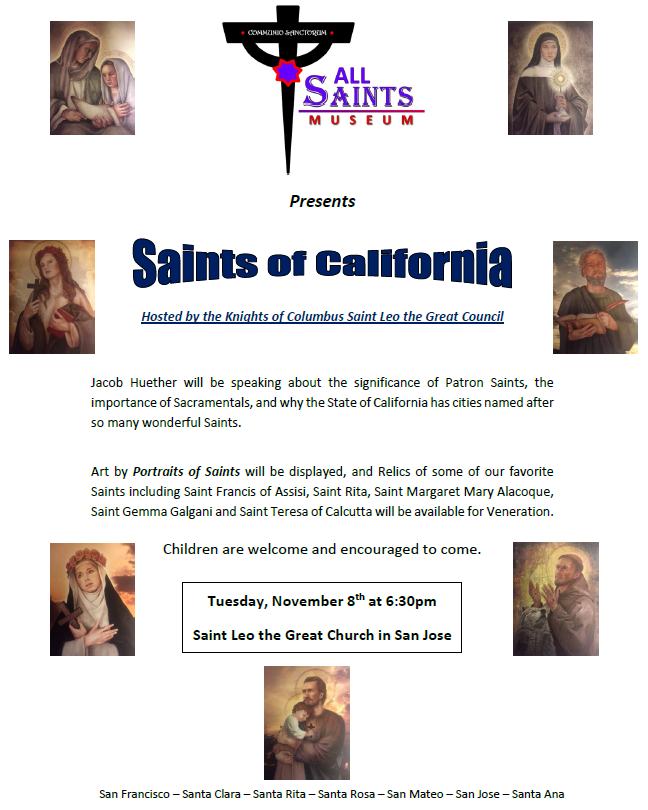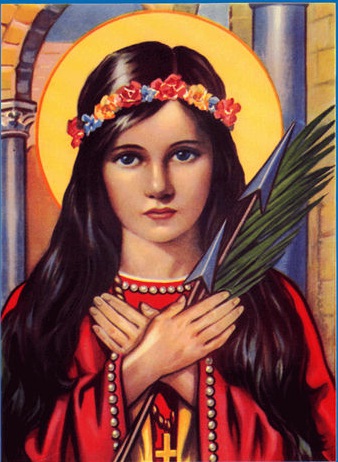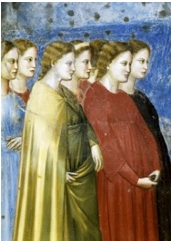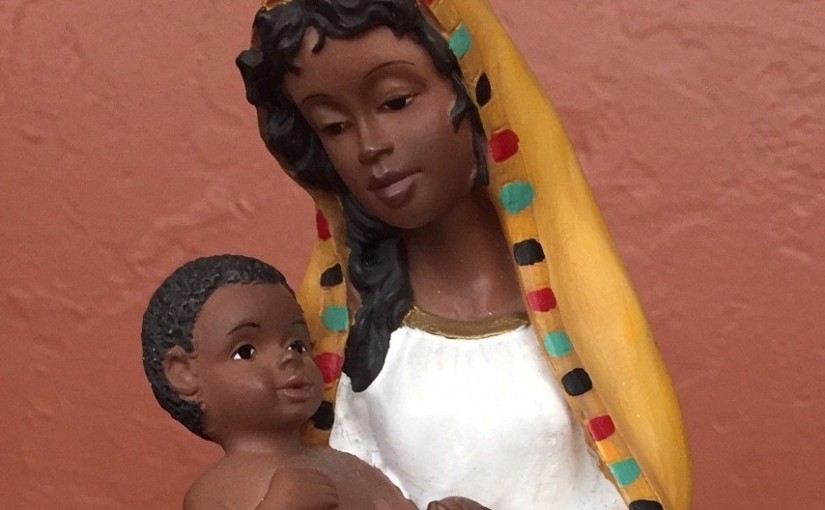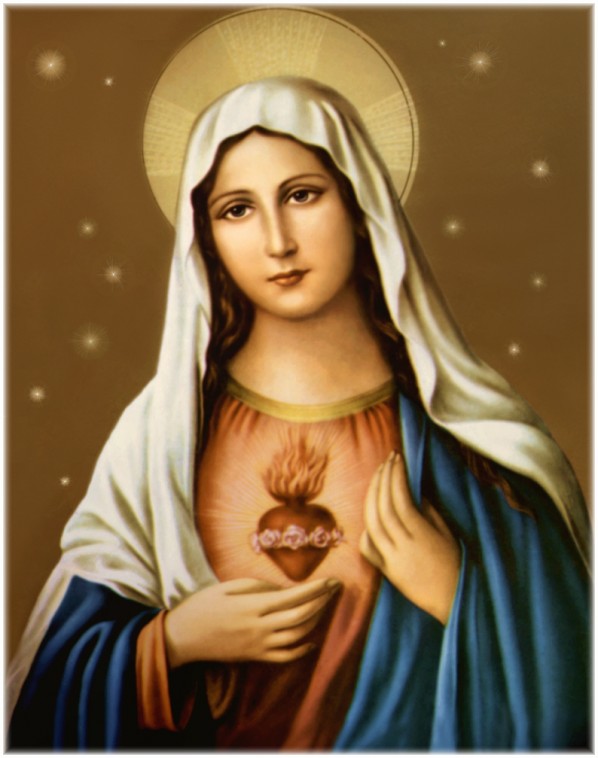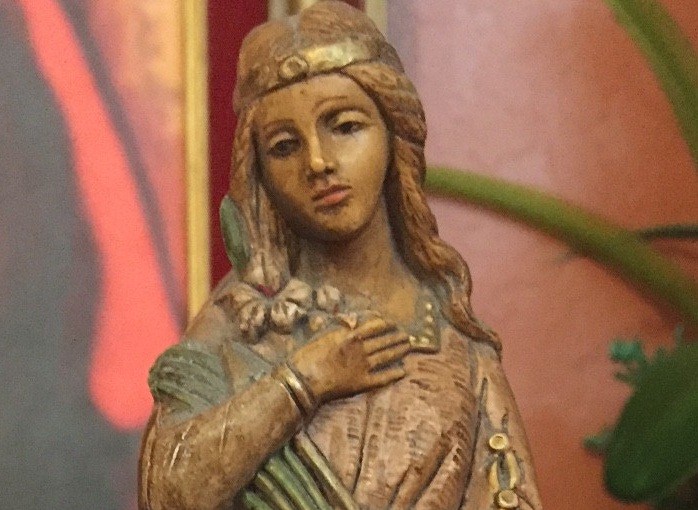“By blood, I am Albanian. By citizenship, an Indian. By faith, I am a Catholic nun. As to my calling, I belong to the world. As to my heart, I belong entirely to the Heart of Jesus.”. – Saint Teresa of Calcutta
All Saints Museum Family, the wait is over!
Saint Teresa of Calcutta has finally been officially Canonized!
Saint Teresa of Calcutta was born on August 26, 1910 in Skopye, which is in Macedonia. Her father died when she was only eighth years old, and so her mother took care of their family.
When she turned 18 she became a nun and was given the name Sister Mary Teresa after St. Therese of Lisieux.
“Mother Teresa” has become one of the most well known Saints of our times – even considered a saint during her life. But controversy wasn’t far behind her. Like many mystics and holy people, Saint Teresa of Calcutta was sometimes misunderstood. In fact she experienced the “Dark Night of the Soul” (an experience many Saints have had) for much of her life. But she never lost faith, never lost hope. The countless souls she touched brought glory to God. And He was pleased to look down on her.
She died on September 5th, 1997, so her feast day is celebrated September 5th.
Please check out our Saint Teresa of Calcutta Exhibit, where we have a 2nd Class Relic of her given to us by the Missionaries of Charity.
And also view our Live Wax Museum video of Saint Teresa of Calcutta on our You Tube Channel. Don’t forget to subscribe.
The portrait of Saint Teresa of Calcutta in the pictures is from our friends at Portraits of Saints. Please visit their site and support their ministry – inspiring people through the Saints.
Saint Teresa of Calcutta, Pray for us!

